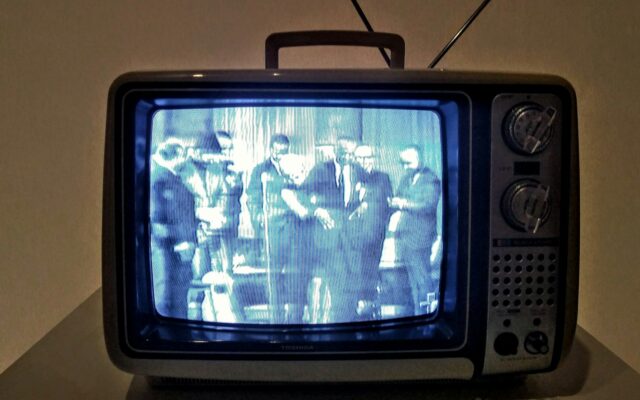
The Evolution of Weapons and the Transformation of Human Society
Throughout the history of warfare, the evolution of weapons has not merely been a matter of technological advancement, it has fundamentally reshaped human behavior and social organization. The emergence of the musket, in particular, marked a turning point that not only changed the paradigm of war but also accelerated the mechanization of human beings.
The Musket and Changes in Warfare
From the late 16th to the early 19th century, muskets were widely used by major armies across the world. These firearms played a crucial role in shifting warfare from close combat tactics, relying on swords, spears, and arrows to long-range firepower. Previously, warfare was dominated by the aristocracy, who had to undergo years of training to master their weapons. But with the introduction of muskets, even ordinary farmers could be trained as soldiers in a relatively short period. This led to the establishment of conscription-based mass armies, where every man could be drafted for total war.
More than individual combat skill, what mattered in musket-based warfare was precise training and synchronized action. Soldiers were expected to fire in unison, like parts of a machine.
The Mechanization of the Soldier
Soldiers using muskets had to act according to strict procedures. Maintaining formation, reloading, and firing repeatedly followed a systemized pattern, eerily similar to how machines assemble parts in a factory. This shift moved away from individual creativity or personal combat prowess and toward standardized, mechanical methods of fighting. In a sense, the mechanization of human beings began here.
Military Organization and the Industrial Link
During the 18th and 19th centuries, European powers began to standardize military training and emphasize discipline to optimize musket usage. Leaders like Frederick the Great of Prussia and Napoleon ran their armies like massive machines, maximizing automation in battle through drills and commands. This wasn’t just a tactical shift, it laid the foundation for managing military forces in the same way factories would later be run during the Industrial Revolution.
The similarity between factory labor and military operation became more pronounced. Just as workers followed set rules to operate machines, soldiers followed fixed steps in battle. By the late 19th century, the parallels between military structures and factory systems were undeniable. This mechanized way of thinking, viewing humans as functional components began to spread. The regimented, rule-based military system shaped by the musket era would become the model for modern bureaucracy and mass production, influencing not only military institutions but also industry and the economy at large.
Smartphones and the Mechanization of Modern Humans
The mechanization of human beings, which began with the musket, is still ongoing today. In fact, it is accelerating. One of the key drivers of this trend is the smartphone. Mechanized humans are now absorbed in their screens, no longer engaging in deep thought or reflection. During the industrial era, although people became mechanized, the development of public education and civic awareness helped foster democracy and build modern society. But now, humans resemble machines more than ever, heads bowed, eyes fixed on their phones, disconnected from critical thinking.







